But in that golden age of commercial art that was the mid-20th century, neither outfit came even remotely close to Kling Studios for sheer size, services offered, and nation-wide reach.
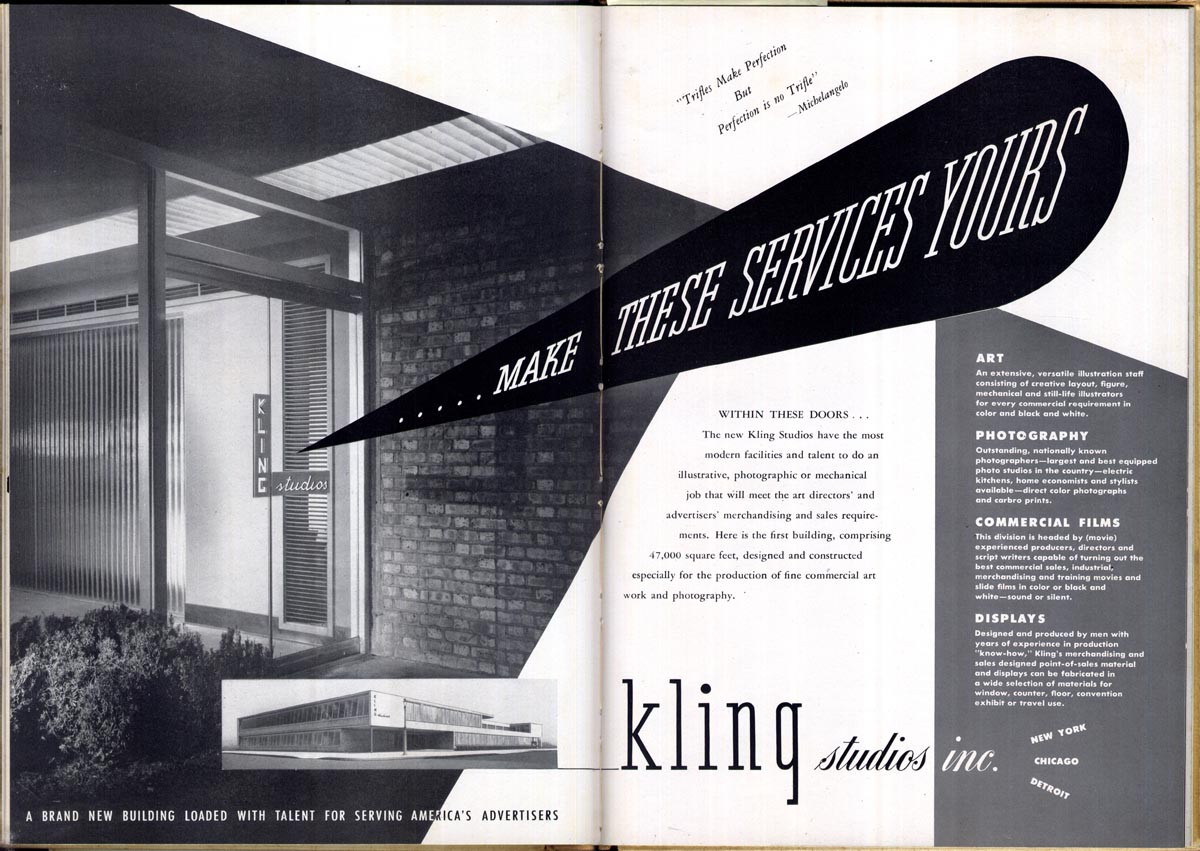
According to the copy in one of their many ad in the back of the NY Art Directors Annual, Kling Studios began in 1934 as a humble two man shop. By the early 1940s they had expanded to offices in New York, Chicago, Cleveland and Indianapolis.

By the mid-1940s, Kling's massive production staff included some of the biggest names in illustration in America.
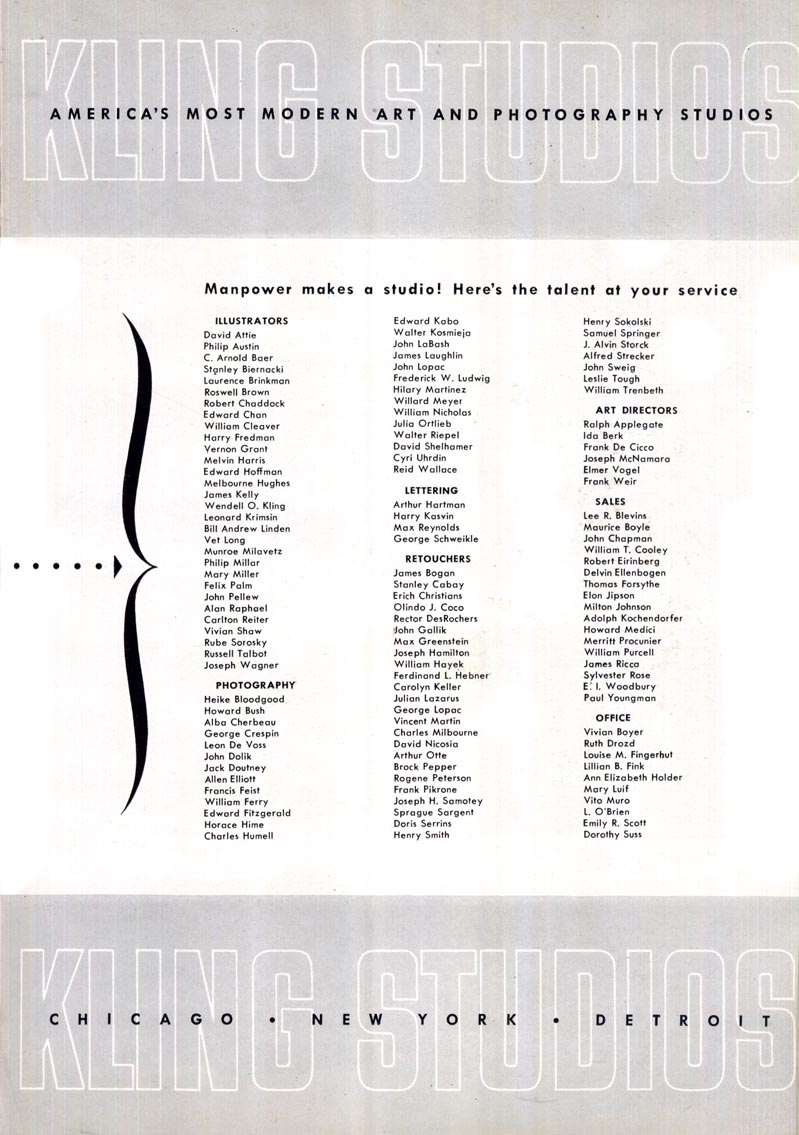
David Attie...
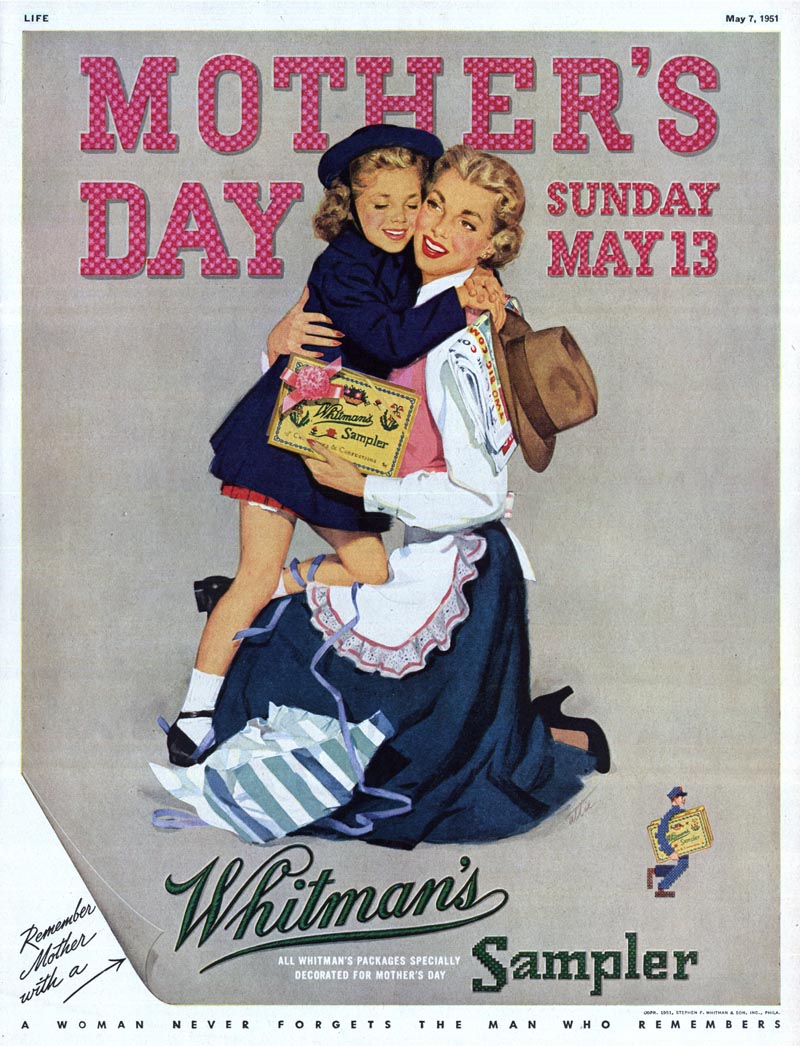
... Roswell Brown...
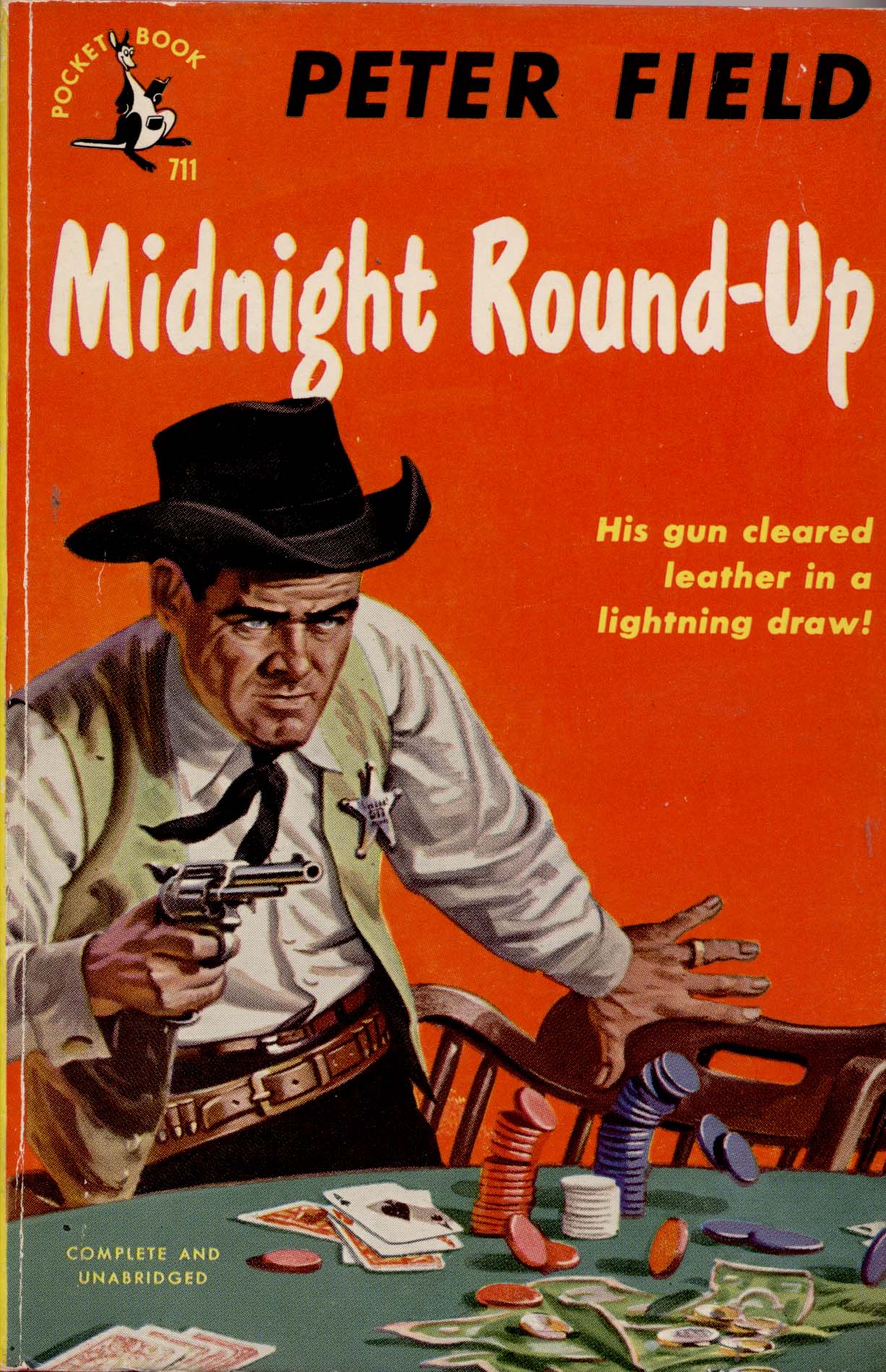
... and Eddie Chan all worked at Kling.
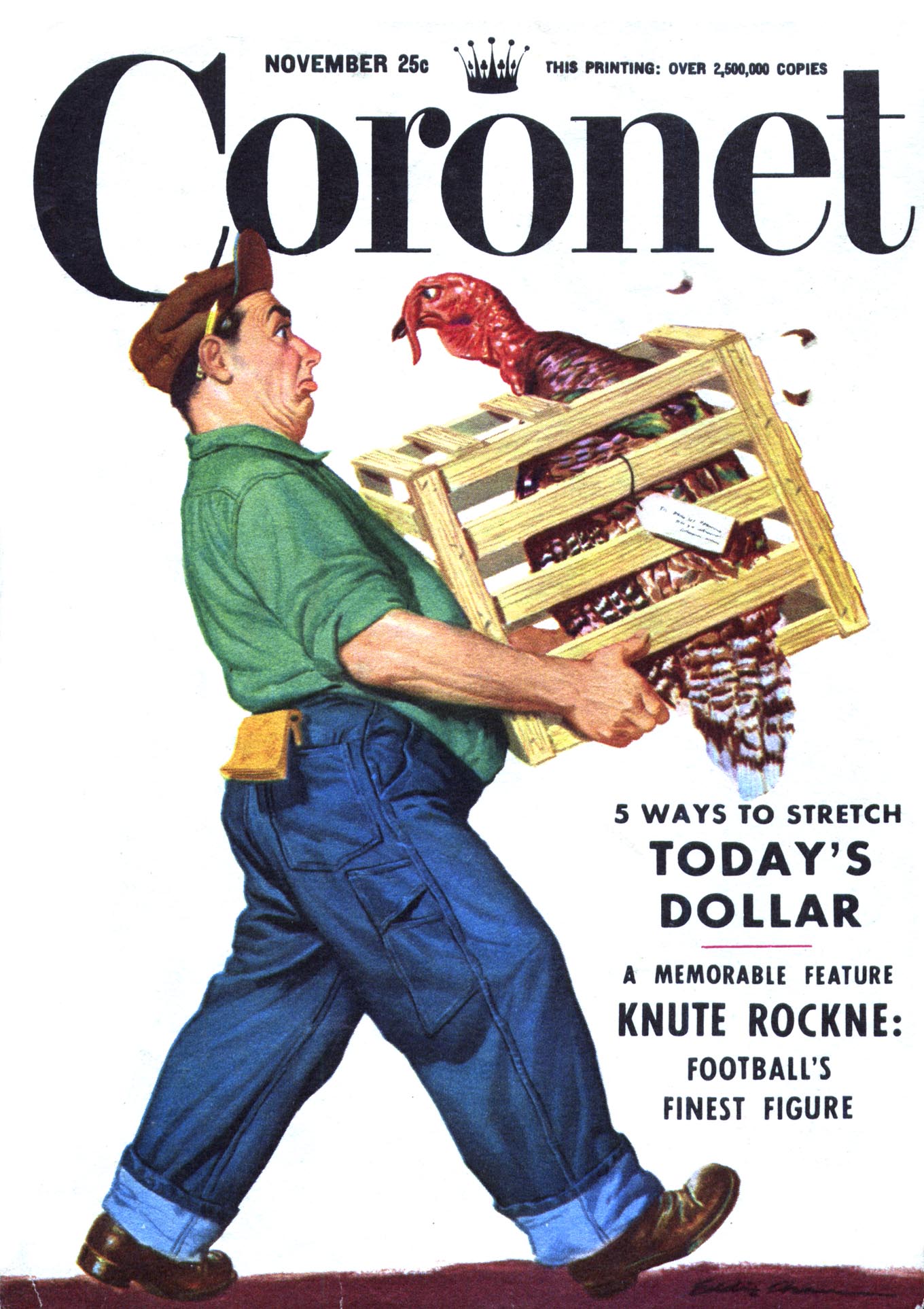
Oh yeah, and so did Harry Fredman!

By 1950, Kling Studios had added offices in Detroit and Hollywood, effectively spanning the nation from coast to coast and tapping into every major commercial art market from automobiles to magazine publishing to packaging and display, and to movies and television production.

By this time, Harry Fredman had left to form Fredman Chaite studios (taking David Attie with him). But thanks to a partnership with art rep Barry Stephens in New York, Kling's new roster included some of the illustration industry's most prominent, most in-demand artists. Frederic Varady, Ken Riley, Stan Ekman - the list went on and on.
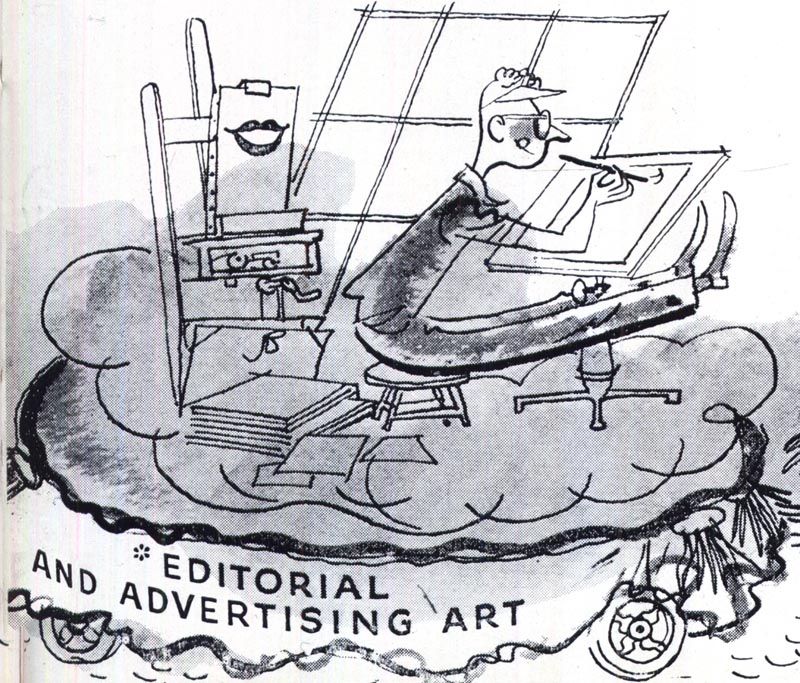
And in Chicago, Lucia (who would soon be moving, along with Reno Biondi, to form a new studio, Stephens, Biondi, DiCicco) was at that point on staff at Kling!
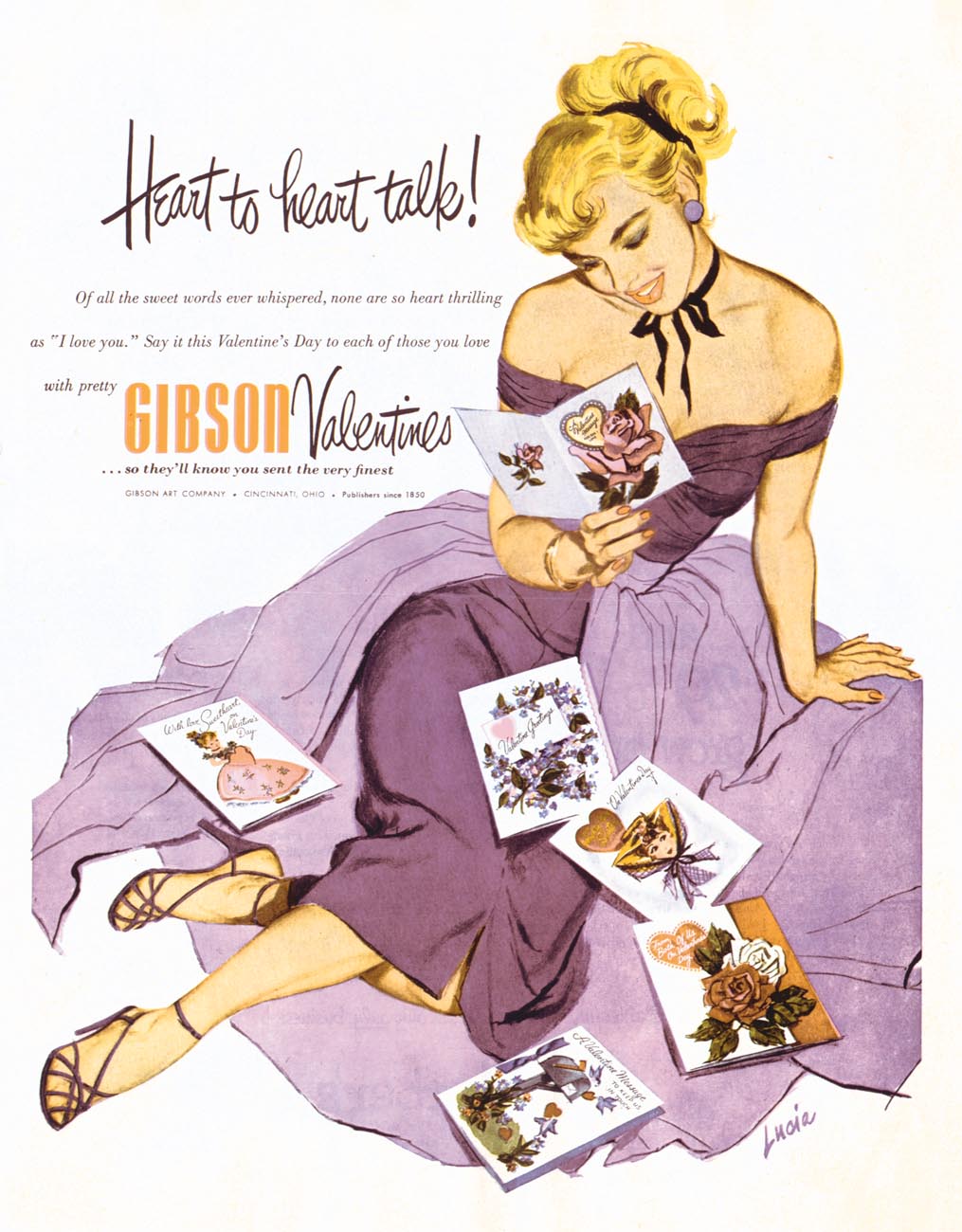
So who was behind this massive, nation-wide commercial art empire? An illustrator named Wendell Kling.
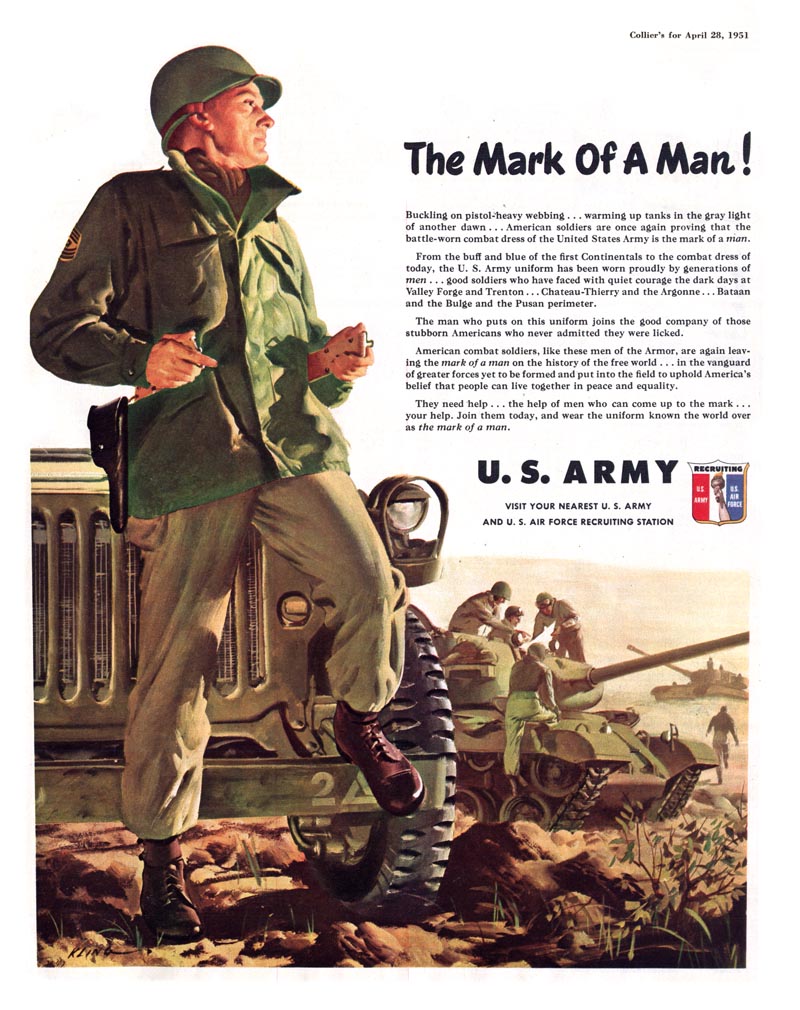
During the depression, the two man operation mentioned above was founded by Wendell Kling and his partner, businessman Robert B. Eirinberg. The business was so successful that by the mid-'40s the partners were able to build their massive operation at 601 N. Fairbanks Ct. in Chicago at a cost of $500,000. In 1950 they added Kling Film Enterprises, the largest film and television production studio outside of Hollywood at that time.

It astonishing that there seems to be no biographical information about Wendell O. Kling. What he and Robert Eirinberg built is nothing short of amazing.
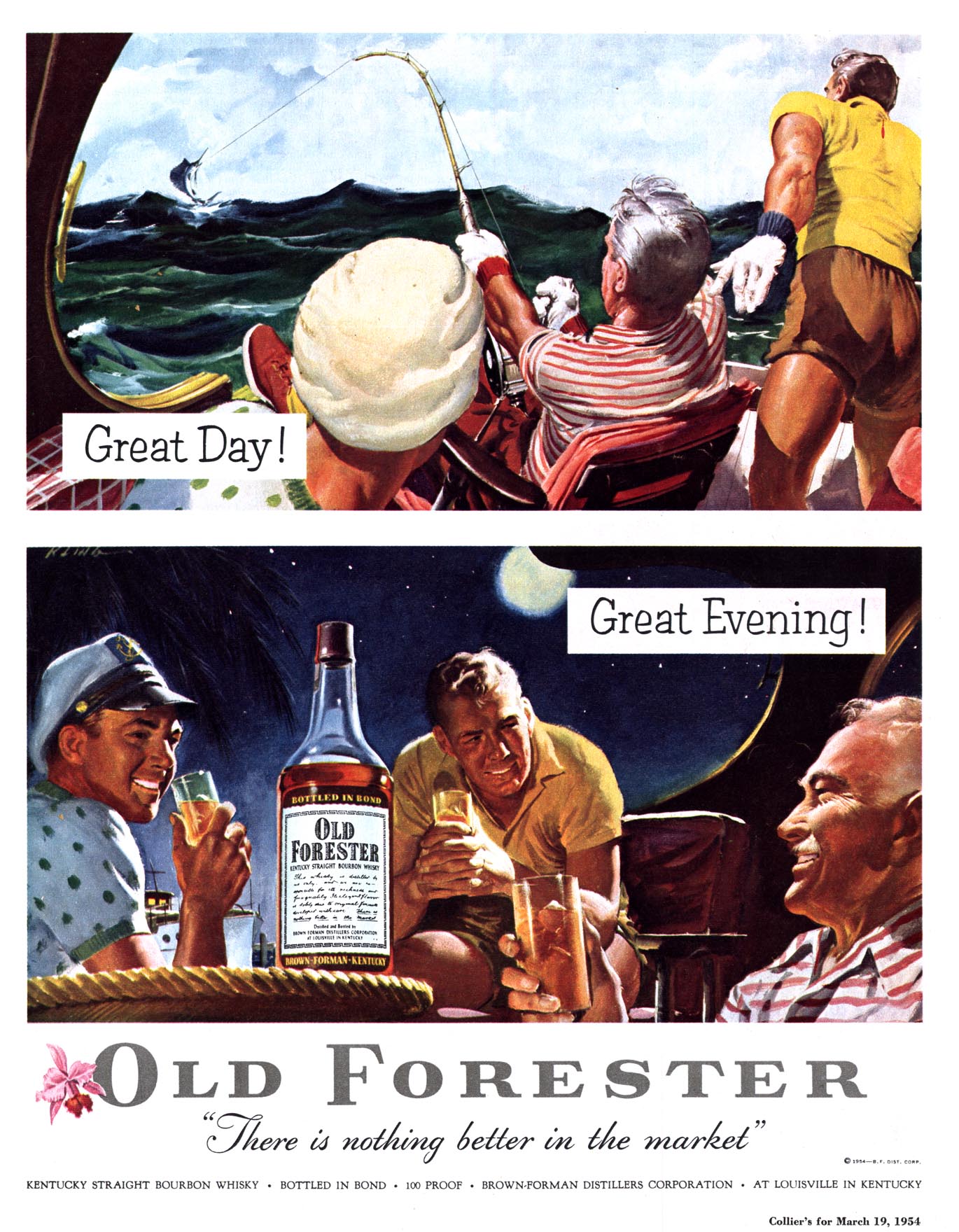
Based on the few examples I have of Kling's art it strikes me that he might have come out of the Sundblom Circle, but that's just speculation on my part. There's no actual documentation of that either.

The last example of Kling's work I've managed to find is a 1966 children's book from Whitman Publishing which he illustrated.
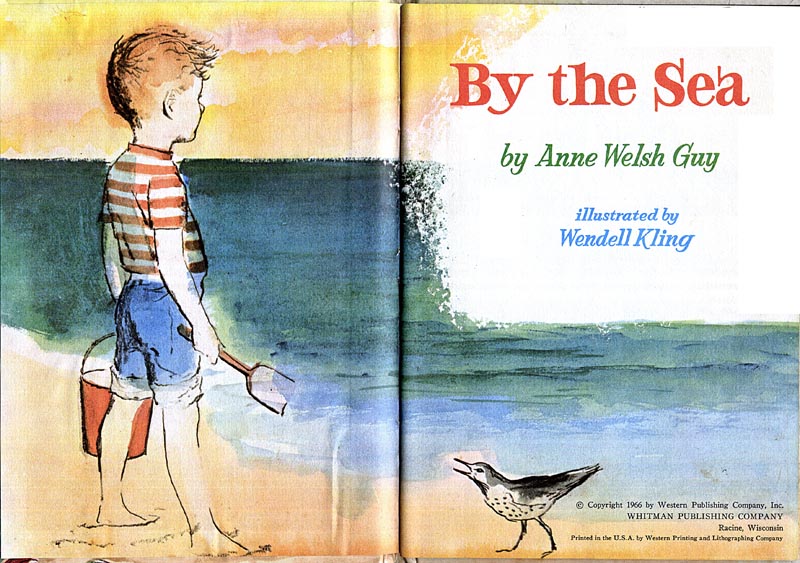
From what little information I was able to sleuth out on the Internet, no trace of Kling's once mighty commercial art empire has survived.






0 comments:
Post a Comment